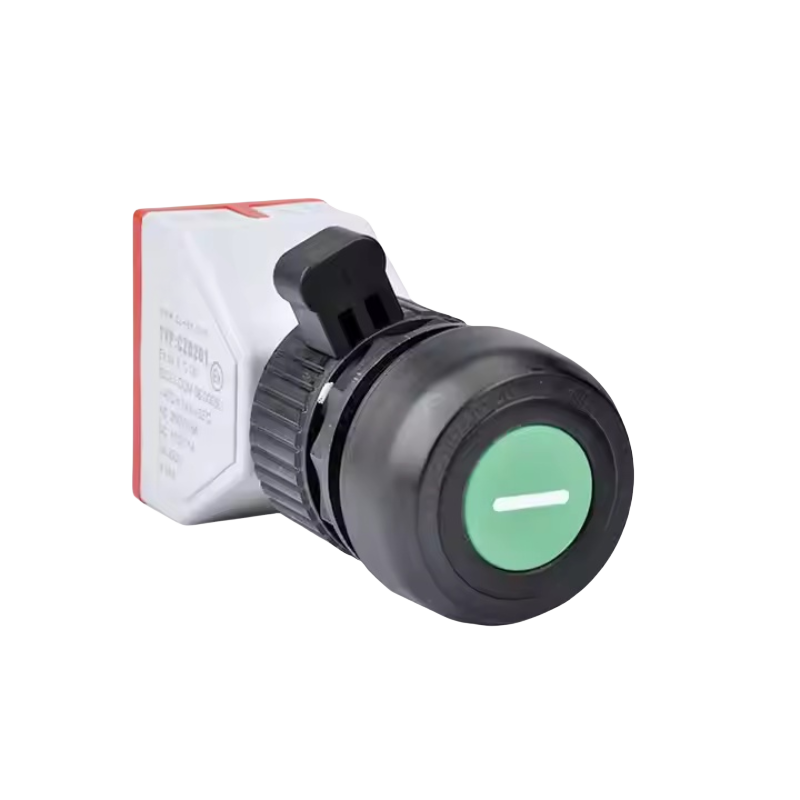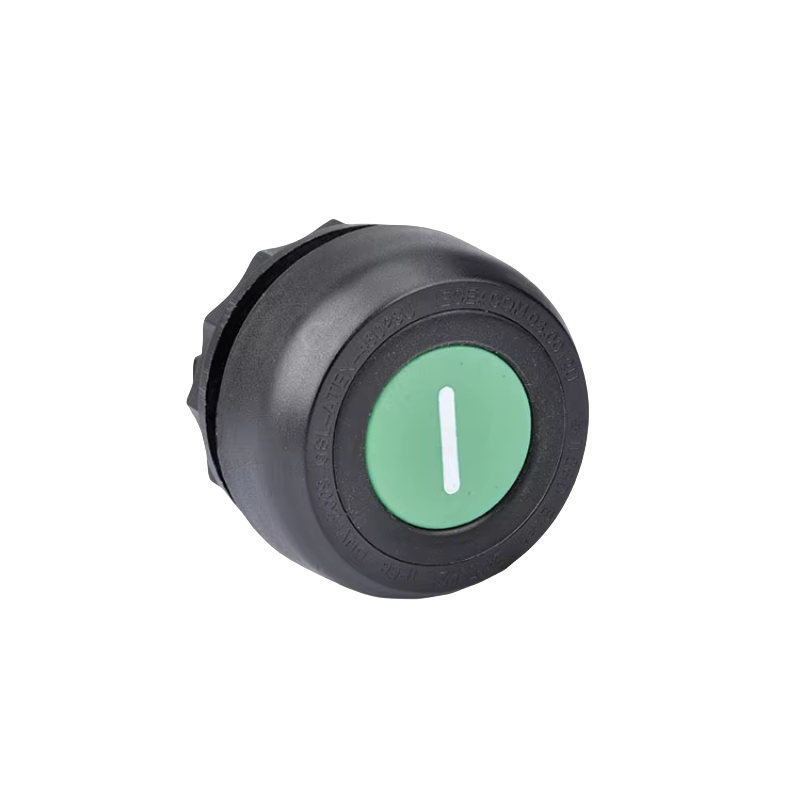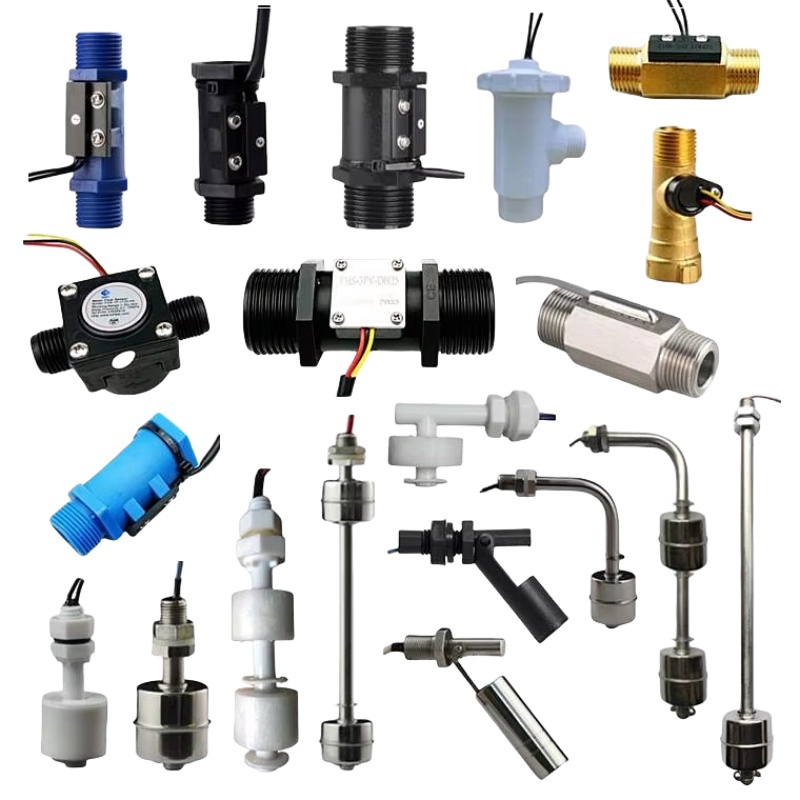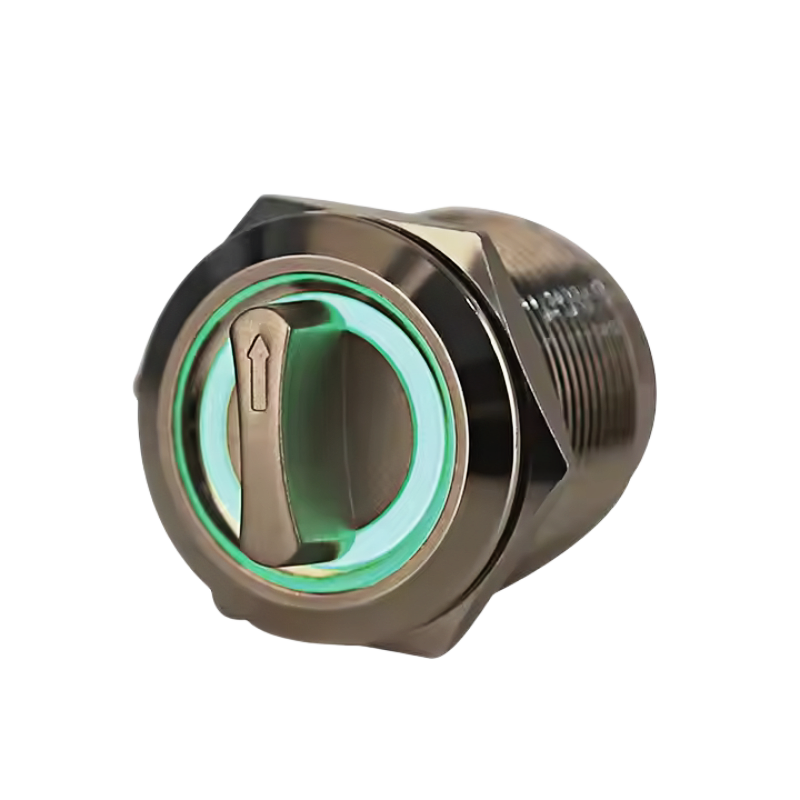
In industrial settings where explosive gases, vapors, or dust are present, safety is not just a priority—it is a non-negotiable requirement. From chemical plants and oil refineries to pharmaceutical manufacturing and mining operations, the risk of explosions due to electrical equipment sparking in volatile environments is a constant threat. This is where explosion-proof switches play a critical role. Designed to contain and prevent the ignition of flammable substances, these switches are essential components in maintaining operational safety and compliance with global standards. In this article, we explore the importance, design, applications, and key considerations for explosion-proof switches.
What Are Explosion-Proof Switches?
Explosion-proof switches are electrical devices engineered to operate safely in hazardous environments where explosive atmospheres may exist. These switches are constructed to prevent internal sparks or heat from igniting surrounding gases, vapors, or dust. The term “explosion-proof” does not mean the device is immune to explosions but rather that it is designed to confine any internal explosion within its housing, preventing it from triggering a larger external explosion.
The primary purpose of an explosion-proof switch is to eliminate ignition sources in areas classified as hazardous. This is achieved through robust mechanical design, specialized materials, and rigorous compliance with international safety standards such as ATEX, IECEx, and NEC/CSA (North America).
How Do Explosion-Proof Switches Work?
The design of explosion-proof switches revolves around two key principles: flameproof enclosures and thermal protection.
- Flameproof Enclosures:
The switch is housed in a durable, sealed enclosure (often made of metal or high-grade plastic) that can withstand an internal explosion without rupturing. The enclosure’s design ensures that any flames or hot gases generated inside are cooled sufficiently before escaping through narrow gaps, preventing them from igniting the surrounding atmosphere. - Thermal Protection:
Explosion-proof switches are rated for specific temperature classes (e.g., T1 to T6), which indicate the maximum surface temperature the device can reach without exceeding the auto-ignition point of the surrounding hazardous material. This ensures that even under fault conditions, the switch remains safe. - Material Selection:
Materials such as stainless steel, aluminum, or reinforced polymers are used to construct the enclosures. These materials are chosen for their corrosion resistance, mechanical strength, and ability to maintain integrity in extreme conditions.
Features of Explosion-Proof Switches
To meet the demands of industrial environments, explosion-proof switches are equipped with features that enhance safety, durability, and performance:
- IP66/IP67 Rating:
These switches often have high ingress protection (IP) ratings, such as IP66 (dust and water-resistant) or IP67 (waterproof up to 1 meter for 30 minutes). This ensures they function reliably in harsh conditions like chemical spills, moisture, or dust. - ATEX and IECEx Certification:
Compliance with ATEX (EU) and IECEx (global) standards is mandatory for use in explosive zones. These certifications guarantee that the switch has been tested and approved for specific hazardous areas (e.g., Zone 1/2 for gases or Zone 21/22 for dust). - LED Indicators:
Many modern explosion-proof switches include LED lights to provide visual feedback on operational status, reducing the need for manual checks in high-risk areas. - Sealed Design:
Rubber seals, gaskets, and anti-corrosion coatings prevent the ingress of flammable substances, ensuring long-term reliability. - Mechanical Durability:
With millions of operational cycles, these switches are built to withstand frequent use in heavy-duty machinery and control systems.
Applications of Explosion-Proof Switches
Explosion-proof switches are indispensable in industries where explosive atmospheres are a daily reality. Some of the most common applications include:
- Oil and Gas Industry:
Used in offshore platforms, refineries, and storage facilities to control valves, pumps, and emergency shutdown systems. - Chemical Processing Plants:
Essential for managing reactors, mixers, and conveyors in environments with volatile chemicals. - Pharmaceutical Manufacturing:
Applied in areas with fine dust particles (e.g., powder handling) to prevent ignition during production. - Mining Operations:
Deployed in underground mines with methane gas or combustible dust to ensure safe equipment operation. - Food and Beverage Production:
Used in facilities with flammable ingredients (e.g., ethanol or flour dust) to comply with safety regulations. - Waste Treatment Plants:
Installed in anaerobic digesters or sludge processing systems where biogas (methane) is present.
Selecting the Right Explosion-Proof Switch
Choosing the correct explosion-proof switch depends on several factors:
- Hazardous Area Classification:
- Zone 1/21 (Gas/Dust): High probability of explosive atmosphere.
- Zone 2/22 (Gas/Dust): Explosive atmosphere unlikely but possible.
Ensure the switch is certified for the specific zone.
- Environmental Conditions:
- Temperature range, humidity, and chemical exposure must align with the switch’s material and IP rating.
- Electrical Requirements:
- Voltage, current, and switching frequency must match the application’s needs (e.g., AC 250V/16A or DC 110V/1A).
- Design Preferences:
- Choose between latching (self-locking) or momentary operation based on control requirements.
- Consider push button, toggle, or rotary styles for compatibility with existing systems.
- Compliance and Certifications:
Verify that the switch meets ATEX, IECEx, and CE standards for your region.

Industry Trends and Innovations
The explosion-proof switch market is evolving with advancements in technology and safety regulations. Key trends include:
- Smart Integration:
Explosion-proof switches with IoT connectivity for real-time monitoring and predictive maintenance. - Miniaturization:
Compact designs (e.g., 7mm or 12mm push buttons) for space-constrained applications without compromising safety. - Eco-Friendly Materials:
Use of recyclable polymers and energy-efficient designs to reduce environmental impact. - Customization:
OEM/ODM solutions tailored to specific industries, such as pharmaceutical-grade stainless steel for cleanroom environments.
Why Choose Explosion-Proof Switches from [Your Company Name]?
At [Your Company Name], we specialize in designing and manufacturing high-performance explosion-proof switches that combine cutting-edge technology with proven reliability. Our products are:
- Certified: Compliant with ATEX, IECEx, CE, and IP67 standards.
- Durable: Constructed from corrosion-resistant materials like stainless steel and polyamide.
- Versatile: Available in latching, momentary, and LED variants to suit diverse applications.
- Customizable: ODM/OEM options for tailored solutions to meet your unique requirements.
Whether you need a plastic push button switch for chemical plants or a metal toggle switch for offshore oil rigs, our team is dedicated to delivering products that prioritize safety, efficiency, and longevity.


